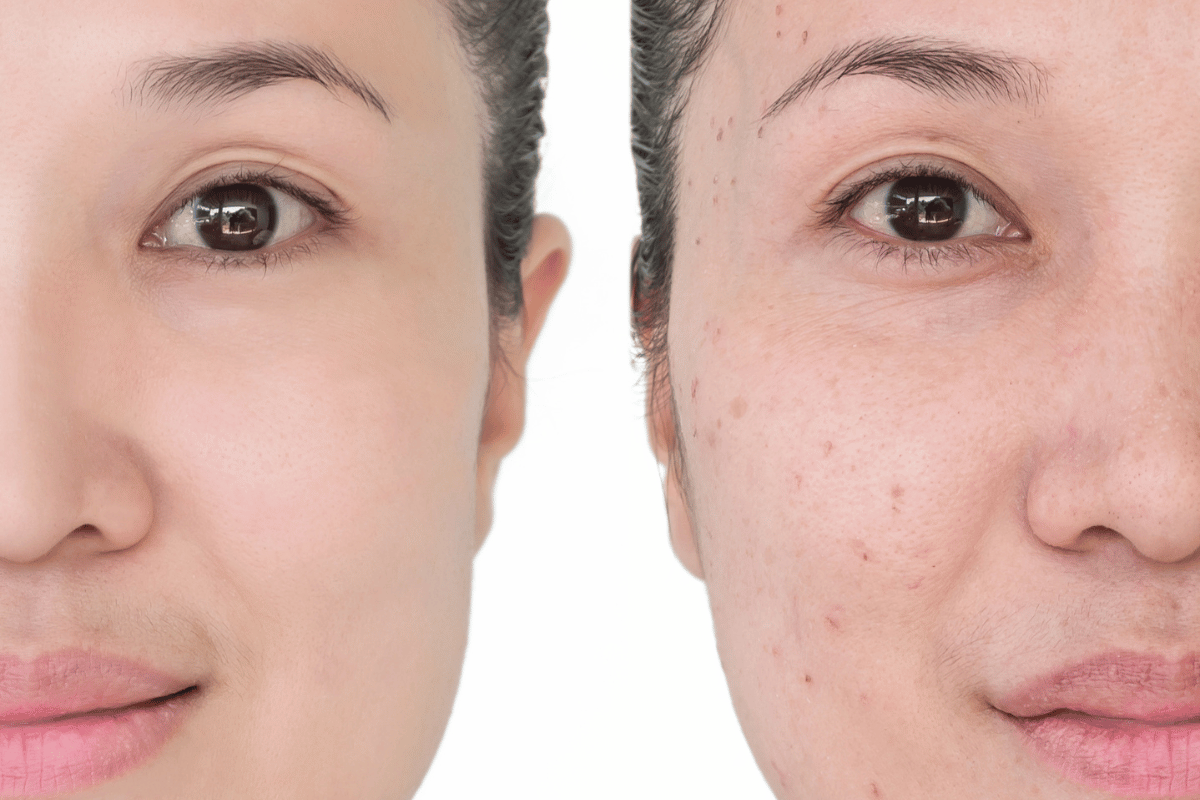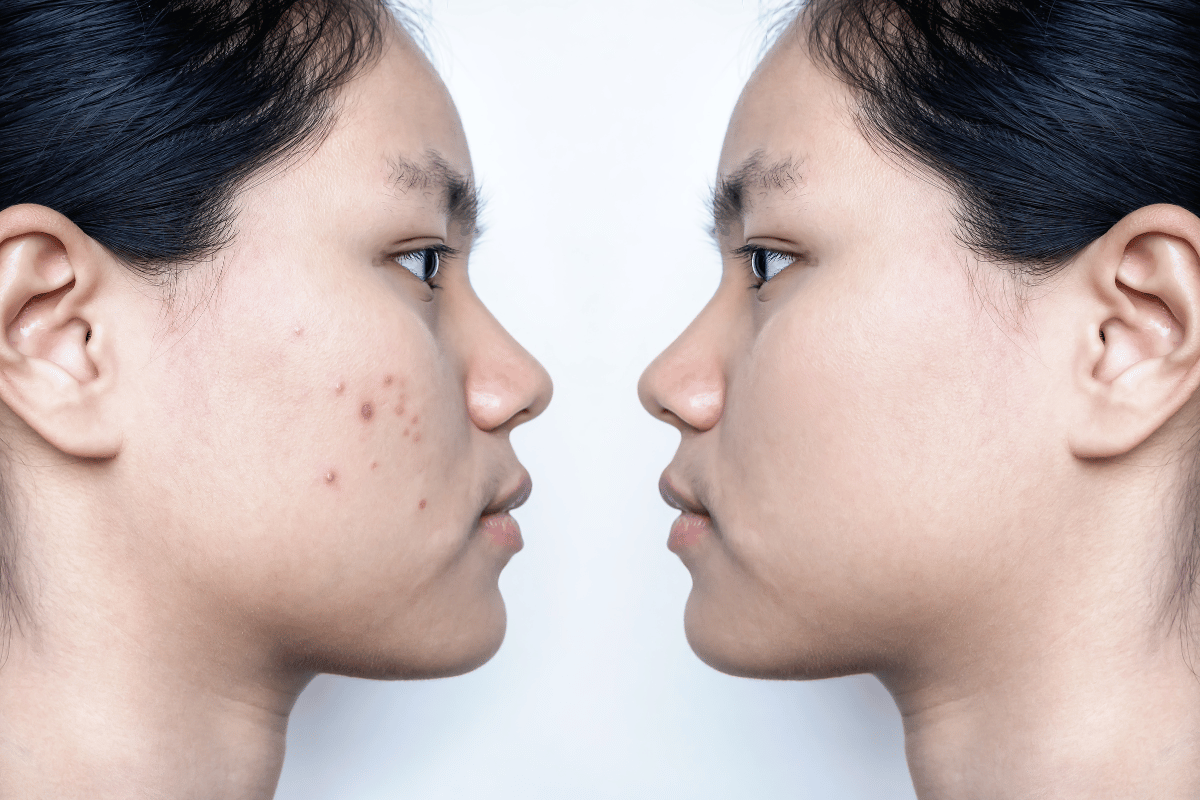How Many Days Will It Take to Lose 30 Pounds ? Losing 30 pounds in 30 days is not a realistic goal, but there are ways to lose weight quickly. The best way to answer this question is to figure out how many calories you need per day and create a caloric deficit of 500 calories per day. An average person needs 2,400 calories per day to maintain their current weight or 1,600 calories per day if they want to lose 1 lb/week. If you want to lose 30 pounds in 30 days then you will have to create a daily caloric deficit of 18,000 calories (or 5500 x 3). Of course this will be very difficult as it requires cutting out about 16 meals (and all snacks) from your diet every single week!
How to lose 30 pounds in 30 days?
You can’t lose 30 pounds in 30 days. It takes time to lose weight, and you must create a caloric deficit to do so. An average person needs to create a daily caloric deficit of 500 calories per day in order to lose 1 pound per week. For example, if you eat 2,000 calories per day and exercise for 30 minutes, then you would need to reduce your calorie intake by 500 calories each day or burn an additional 500 calories through exercise every day in order for this goal to be achievable within the month without inducing starvation mode or eating unhealthy foods like junk food (which would slow down your metabolism).
70ede7.png)
30 days to lose 30 pounds – Impossible?
30 days is not a long time. If you can’t lose 30 pounds in 30 days, then your goal is probably unrealistic and unattainable. However, if you really want to lose 30 pounds in 30 days or any other timeframe for that matter, then this article will show you how it’s done!
Let’s start by looking at the math behind losing 30 pounds in 3 months (90 days). To lose 1 pound of fat requires burning 3500 calories from your body’s fat stores. In order to burn 3500 calories from stored body fat every day for 90 days straight would require a daily caloric deficit of 500 calories per day–which means that over those 90 days we would need to eat approximately 25000 fewer calories than our bodies burned each day (25000/3500 = 7). Now let’s say that instead of doing all this math yourself and trying desperately not miss out on any single meal or snack throughout those three months; instead we just assume someone else has already done all this heavy lifting for us by calculating exactly how much less food we need to eat each day so as not only maintain but also achieve our desired weight loss goal within three months’ time frame? And furthermore let’s say that this person has gone one step further: providing us with an easy-to-follow meal plan with delicious recipes designed specifically around their calculated calorie needs so as not only help us maintain our sanity while dieting but also keep us interested enough in eating well enough so as never feel hungry again during those 90 days either!”
How to lose a pound a day?
The answer to this question is not as simple as “lose a pound a day.” The truth is, it’s impossible to lose weight that quickly.
However, you can lose 30 pounds in 30 days by creating a caloric deficit of 500 calories per day. This means if you’re eating 2200 calories per day and burning 2500 calories per day through exercise and activity (or just being active), then you’ll lose 1 pound each week by creating an intake/outcome gap of -500 calories each day.
It takes time to lose weight
It takes time to lose weight. It’s not a quick fix, it’s a lifestyle change. You need to make small changes over time and be patient with yourself.
You will lose weight faster if you eat less and exercise more.
If you want to lose weight, there are two main things that will help: eating fewer calories and burning more calories through exercise.
- Eat less.
- Exercise more.
An average person needs to create a daily caloric deficit of 500 calories per day in order to lose 1 pound per week.
It’s important to understand how many calories you need in order to lose weight, and how many calories are in a pound of fat.
A pound of fat is equal to 3,500 calories. You can use this equation:
3,500 = 1 lb x ____(number) pounds
For example: if you weigh 200 pounds, then you need 135,000 calories per week or 2,190 per day (135k/7). If you don’t eat enough food on your diet plan each day or week then your body will start burning off muscle mass instead of fat which will not help with losing weight at all!
It’s generally not recommended to lose more than 2 pounds per week as it can have negative health effects, i.e. weak immune system, headaches, fatigue, etc.
It’s generally not recommended to lose more than 2 pounds per week as it can have negative health effects, i.e. weak immune system, headaches, fatigue, etc. If you’re overweight and want to lose weight safely then losing 2 pounds a week is ideal. However if you’re underweight and have been advised by your doctor not to lose any more weight then it may be best that you stick with this rate of loss until your body has reached its healthy weight range.
Losing 30 pounds can take anywhere between a few weeks to several months depending on your rate of weight loss and your current weight.
Losing 30 pounds can take anywhere between a few weeks to several months depending on your rate of weight loss and your current weight.
If you’re overweight, it’s likely that you’ll lose weight faster than someone who is not overweight. If you are underweight, it’s likely that losing 30 pounds will take longer than someone who is overweight.
Losing 30 pounds can take anywhere between a few weeks to several months depending on your rate of weight loss and your current weight.
There are several factors that play into how long it will take you to lose 30 pounds. These include your age, gender, metabolism and current weight. If you are eating healthy and exercising regularly, then losing the weight should be easy for you.
If this is your first time trying to lose weight then don’t worry because you will find out more about how to do so in this article!
How long it takes to lose 30 pounds depends on how much you’re eating each day.
How long it takes to lose 30 pounds depends on how much you’re eating each day. While there’s no exact number of calories needed to maintain your current weight, a general guideline is 1,500 for women and 2,000 for men. If you’re not sure how many calories are in the foods and beverages you eat every day, check out this list of common foods with their nutritional information so that you can start tracking your intake more accurately.
If you want to lose weight slowly but safely over time (and not just in one month), aim for about 500 fewer calories than what’s recommended above per day–about 1/2 pound per week–and make gradual changes by replacing unhealthy foods with healthier alternatives or increasing physical activity by walking more throughout the week rather than just at one time during exercise class each week. If losing 30 pounds quickly is important to you right now because perhaps someone has given birth recently and needs help slimming down before returning home from maternity leave or because they’ve been diagnosed with type 2 diabetes which requires lifestyle changes right away then go ahead and increase calorie restriction until dropping those first few pounds under 200 again becomes easy enough while still maintaining good energy levels throughout the day through dieting alone!
| Weight Loss Food Comparison Table | ||||
| Food Type | Calories | Protein (g) | Carbs (g) | Fats(g) |
| Chicken | 120 | 20 | 0 | 2.5 |
| Egg | 90 | 6 | 0 | 6.5 |
| Salmon | 132 | 22 | 0 | 5 |
Making drastic changes to your diet and exercise routine is not a good idea.
- Don’t make drastic changes to your diet and exercise routine. If you are currently eating a healthy, balanced diet, try to keep it that way. If you aren’t eating well or exercising regularly, don’t suddenly start doing both at once.
- Don’t try to lose weight too quickly. It’s better for your body (and mind) if the weight comes off slowly and steadily–this will help prevent injury or burnout when trying to lose 30 pounds in 30 days!
- Don’t give up if you don’t see results right away: As with any health goal, patience is key! It may take some time before you start seeing progress; however, if after two weeks there’s no difference in how much weight has been lost or gained back then maybe consider changing something about what/how much food was being eaten during those two weeks before moving forward again with any more attempts…
You can lose weight slowly and safely by making small changes over time.
If you want to lose weight, the best thing to do is make small changes over time. You can lose weight slowly and safely by making small changes over time.
b471e0.png)
If you try to lose all of your excess pounds at once, you’ll likely feel deprived and give up on your plan before long. It’s also important that you find a plan that works for YOU–not just any diet book or magazine article!
The best way to answer this question is to figure out how many calories you need per day.
The best way to answer this question is to figure out how many calories you need per day.
Your basal metabolic rate (BMR) is the amount of energy (calories) you need in order to stay alive. It’s different for everyone, depending on your age, weight, height and activity level. The Centers for Disease Control and Prevention has a calculator that can help you calculate your BMR based on these factors: https://www.cdc.gov/healthyweight/assessing/bmi/adult_bmi/?p=1
how many days will it take to lose 30 pounds
If you want to lose 30 pounds in 30 days, I would suggest starting with an exercise routine. Exercise is one of the most effective ways to burn calories and lose weight, but it doesn’t have to be anything strenuous or intense – even walking can count! Once you know how many calories you need per day (it depends on what kind of activity level), try cutting back a little bit on food intake until things balance out again.


21b8c0.png)
745eaf.png)
a4645f.png)
37a5ab.png)
784633.png)
25f43d.png)
651e57.png)
fcc241.png)


74aef3.png)
52cf5c.png)
051128.png)


7353e1.png)
4a8f26.png)